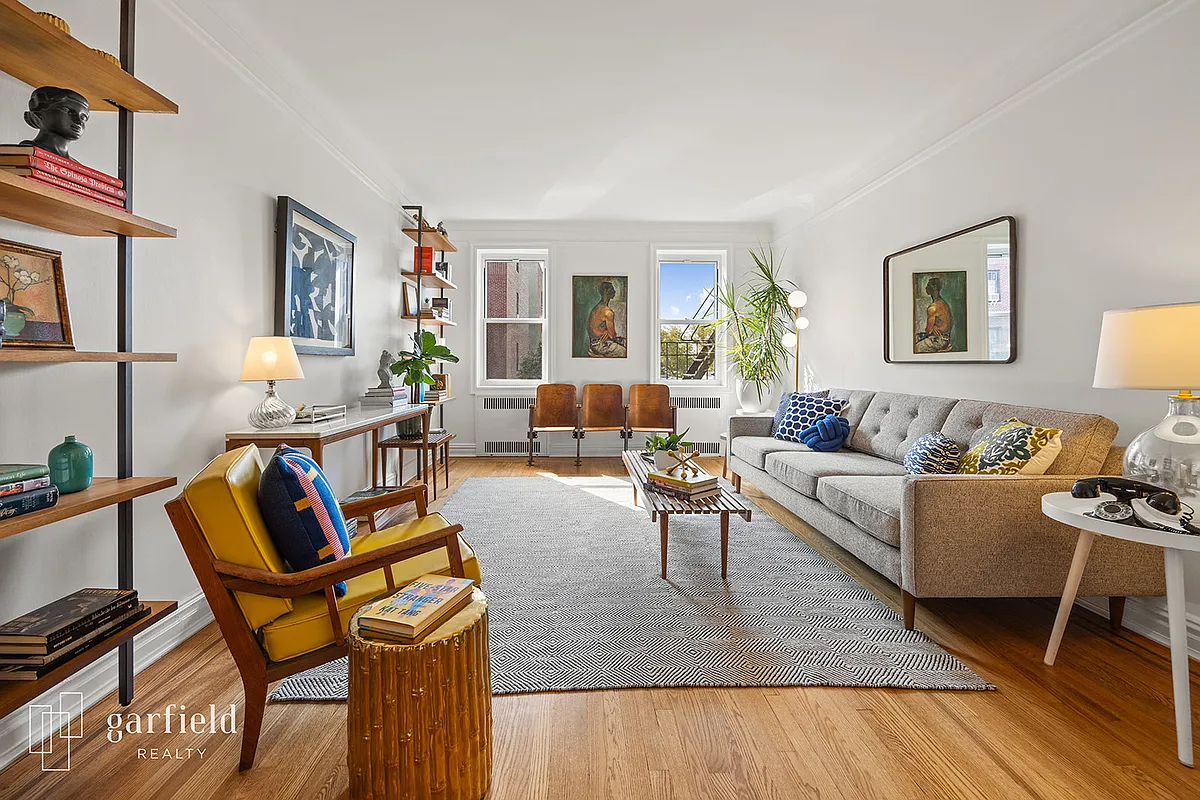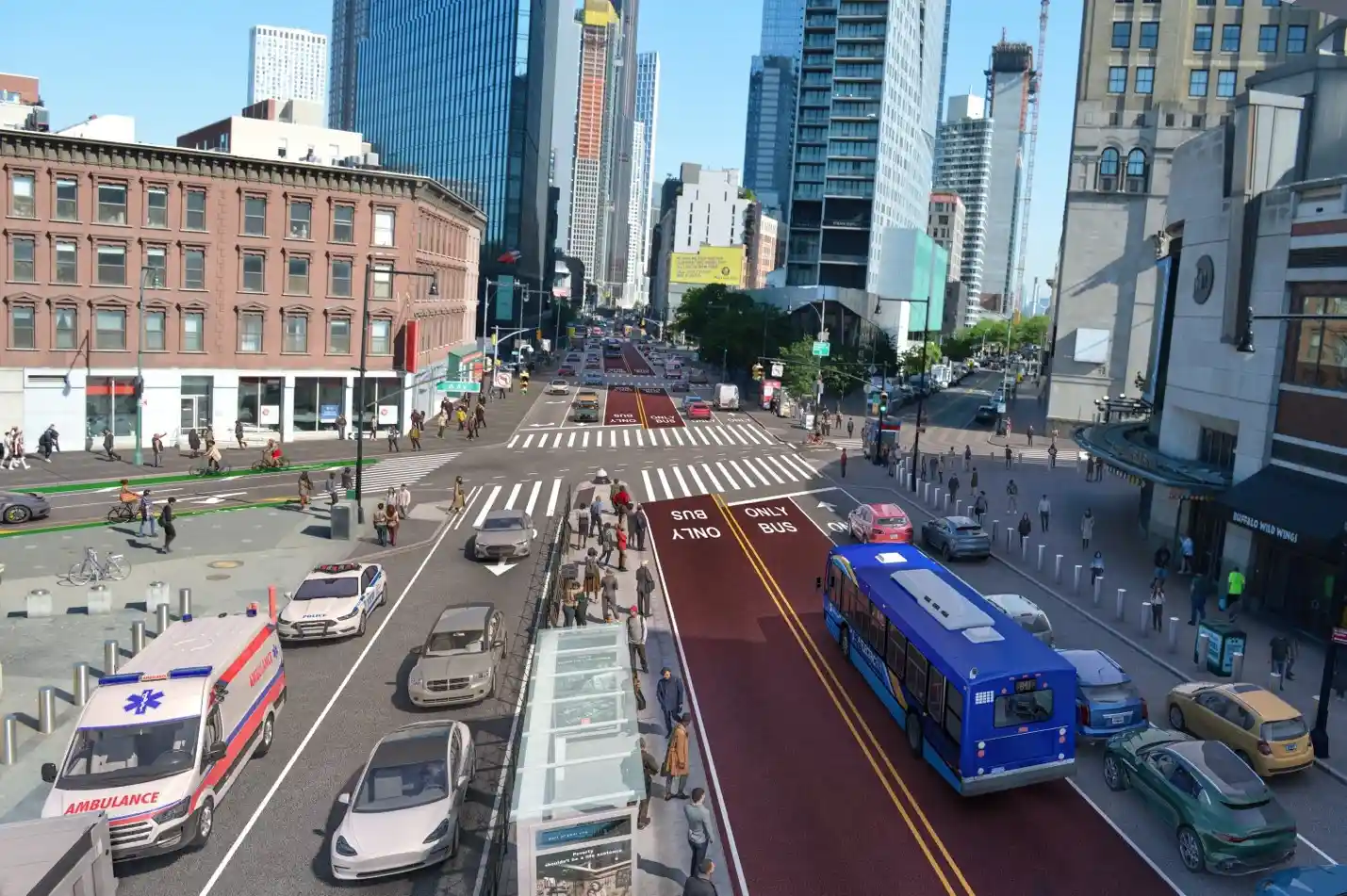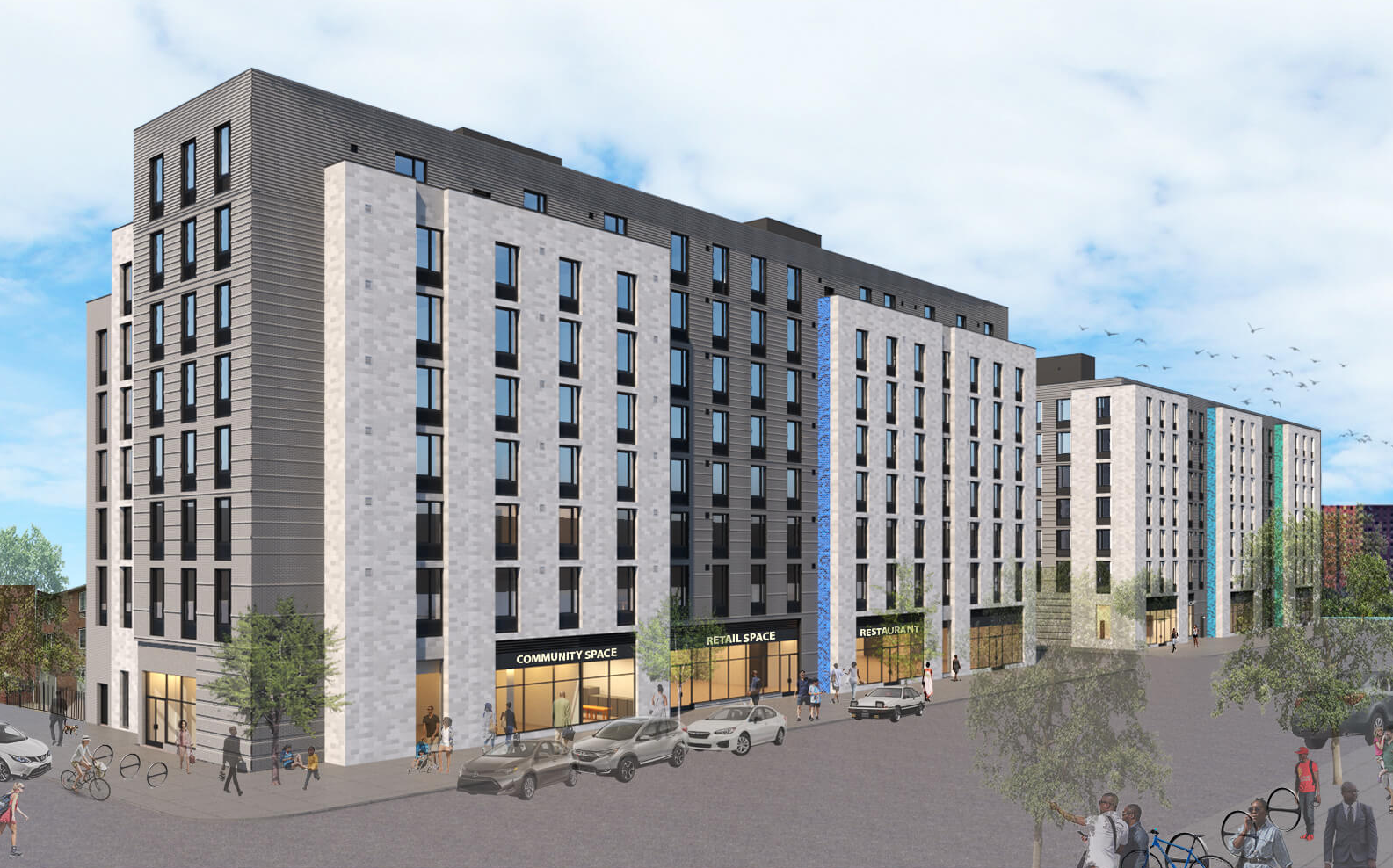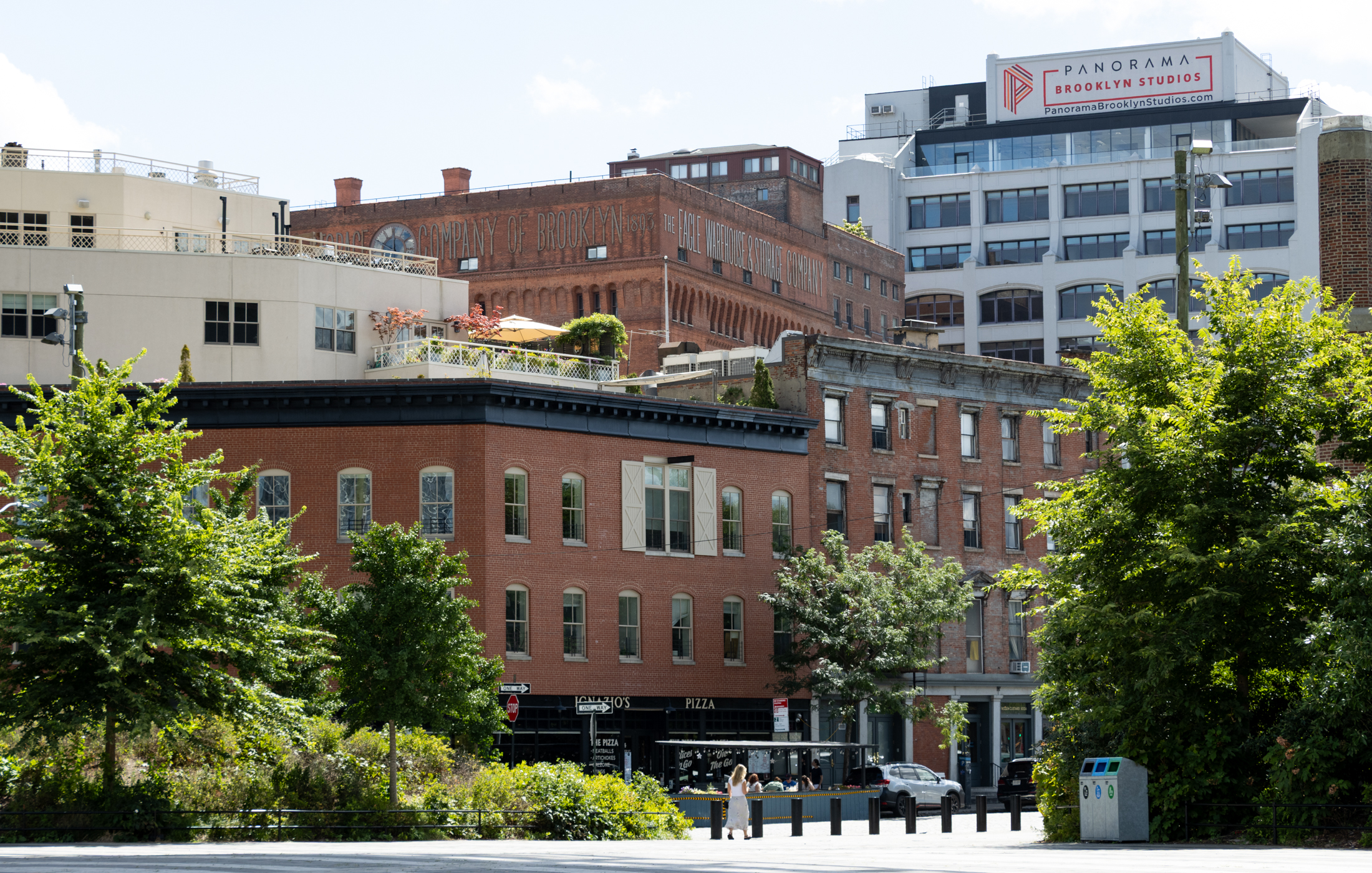Big Rethink of GAP Called For
In a post yesterday titled “It’s Time for DOT to Think Big at Grand Army Plaza,” StreetsBlog questions the piecemeal approach DOT has taken to improving Brooklyn’s best known roundabout. “Grand Army Plaza is a spinning vortex of traffic draining the life from what should be Brooklyn’s premier public space,” writes Ben Fried. Instead, StreetsBlog…


In a post yesterday titled “It’s Time for DOT to Think Big at Grand Army Plaza,” StreetsBlog questions the piecemeal approach DOT has taken to improving Brooklyn’s best known roundabout. “Grand Army Plaza is a spinning vortex of traffic draining the life from what should be Brooklyn’s premier public space,” writes Ben Fried. Instead, StreetsBlog joins Robert Witherwax of the Grand Army Plaza Coalition in calling on DOT to come up with a “buildable master plan” for the plaza. Here’s how the post ends: “The reinvention of Grand Army Plaza as a great public space could be a signature achievement on par with DOT’s transformation of Times Square and Broadway. It’s a complex project, to be sure. But with a second stimulus or a front-loaded transportation bill gaining steam in Congress, the opportunity to move forward could present itself soon. Shovel-readiness is key. Will New York be prepared with a plan to breathe some life into the heart of Brooklyn, or will we be caught flat-footed?”
It’s Time for DOT to Think Big at Grand Army Plaza [StreetsBlog]





What this post doesn’t emphasize – and perhaps the Streetsblog original doesn’t either – is that GAPCo’s ideas are not anti-car. In fact, they acknowledge loud and clear that GAP is THE central link in surface travel throughout Brooklyn, and that infringing on that is stupid.
What they are saying, essentially, is that the space inside the plaza could be redistributed in ways that take nothing away from free and efficient movement of automobiles and buses, but enhance the experience of other users. For example, I don’t think the islands around the Library have had any negative impact on auto throughput, but it sure has helped me bike or walk through the Plaza! And yes, I drive a lot too.
And to the first poster’s point, I think any master plan WOULD refer back to ideas from the design competition, but would not necessarily adopt any particular design.
I often count the numbers of people and types of cars passing by. There are alot of people who ride solo without anything noticable in their cars in lower Manhattan. In Brooklyn I see alot of small vans, obviously in use by contractors and suppliers to stores. Although I don’t have a car myself, I can well appreciate the need to maintain a strong vehicular connection near GAP. I also know it’s tricky to get from Park Slope to the arch or the Neptune Fountain. It would, however, be a nice gesture to close that small road between the arch and the fountain to vehicles. It doesn’t get much traffic at all.
I haven’t been to the Broadway part of Times Square but I find the area around Macy’s pretty ridiculous. There’s a ton of foot traffic and the sidewalks are over capacity. Instead of ceding additional space to pedestrians when they closed Broadway to vehicles, DoT has strewn tables and planters and umbrella’s hapahazardly about. The pedestrian overflow now has no choice but to wend their way along the bike path. I’d imagine Times Square is worse.
“I wish that people would understand that many cars that are on the road in NYC during the daytime are actually being used for something other than commutation.”
Exactly.
I don’t know why some people are so dense about this. I guess it is because it is an inconvenient truth.
There is a big difference between the nature of traffic moving from NJ to NYC through the Holland Tunnel at 8:30am and traffic driving on Flatbush Avenue at 1:30pm.
A high percentage of the rush hour holland tunnel traffic may be commuters (who may or may not have useful public transportation options), but the people driving through GAP in the afternoon are mostly driving around Brooklyn.
“The reinvention of Grand Army Plaza as a great public space could be a signature achievement on par with DOT’s transformation of Times Square and Broadway.”
If it’s going to be ANYTHING like the present-day Times Square, they should just leave it the hell alone. Personally, I think it’s OK the way it is now. I’ve never noticed any “spinning vortex” and find the area to be quite nice at times.
I drive through the circle about 10 times a week. 100% of those trips are to go from my Crown Heights business to my Greenwood Heights distributor and back to pick up necessary items. I make all of those trips in my private car as my business does not have a “company car”.
Each trip results in my bringing large, bulk items back to my business which I could not transport on either the subway or bus (and can anyone tell me when was the last time they saw someone with a hand truck full of goods on the subway?). My only other option is to pay someone $40 to pick up these items and deliver them to me in a cargo van. Using this option results in my having to wait for as long as 4-5 hours for my goods to be delivered to me.
When I go to my distributor, the parking lot is full of hundreds of other personal vehicles that are making the same trip I am. I rarely see a truck larger than a cargo van in the parking lot. I know that I am not alone in running my business in this fashion because I often run into my competitors at at the distributor who are doing the same thing.
I wish that people would understand that many cars that are on the road in NYC during the daytime are actually being used for something other than commutation. If you don’t believe me, walk to your local bodega and ask the owner how much of his inventory is delivered directly to him, and how much he purchases and self-transports to the store. Ask the local pizzaria how they get items like paper and plastic bags, pizza boxes, spices, flour, yeast, paper towels and toilet paper. Ask the local hair salon whether their distributors bring them products, tools, and hair in cars or by truck.
All of the redesigns of streets to make them more pedestrian friendly is at odds with the reality of the city that motor vehicles move businesses. If this city wants to try to survive by making itself business friendly only to those folks who don’t use a car as part of its business, good luck. But how many writers, bloggers, new media consultant and financial advisors will want to live here when the entire city is populated only with large chains and big box stores?
The reason that intersection is so completely insane is that it’s a double circle.
If it were just a traditional round-about with spokes coming off, it’d be fine and dandy… but when you have to navigate two circles and have to go from the right of way rules of the roundabout immediately to the right or way rules to a normal turn (in about 10 yards) not to mention a few stoplights which no one understands, you create total havoc.
Huge waste of time & tax money. Nice way to cut off one side of BK from the other & probably leave both choking in traffic fumes.
And for what? A bigger farmers market?
“i guarantee you that 75% of the people in the cars going around the circle have a time-competitive mass transit option for the trip they are taking.”
I think you are likely way way over estimating here. 25% is probably closer to the number you want.
Much of Brooklyn has limited public transportation options, especially if you want to go from one place in Brooklyn to another place in Brooklyn. A lot of the traffic on flatbush is commercial and local. Not all cars go to Wall Street…
And public transportation doesn’t help much if you need to go to Ikea or Home Depot and buy 150 lbs. worth of stuff.
Anyway, you are right that the traffic ruins the public space, and the circle actually makes it worse because it increases the amount of square footage used for roadways.
I was joking about moving the monument, but if you did move it and made a normal intersection, that would minimize the space used by cars and allow the remaining space to be more safely and thoughtfully used.
It would be nice to put the roadways underground, but I doubt that is possible given the subway lines in the area.
oh, pete, don’t be a dope! the point is that the part of the park (the fountain, all of the green stuff in the middle of the plaza, the surrounding berms) is cut off from the main part of the park by traffic. the point is that it’s silly to waste beautiful, green, public space like that in a crowded city, by giving it over to cars.
i guarantee you that 75% of the people in the cars going around the circle have a time-competitive mass transit option for the trip they are taking. they are using their cars because we make so much space for cars, relative to their value as transportation. the individual value of the car is high (great personal freedom), but their public value is very low — cars contribute disproporationately to global warming and other pollution, they are dangerous, and they take up a lot of space compared to how many people they are transporting.
this last is kind of the point about GAP — cars, serving a relatively small number of people and causing all sorts of problems, are taking up space that could be alloted to pedestrians, who are far greater in number and don’t cause the problems cars do.